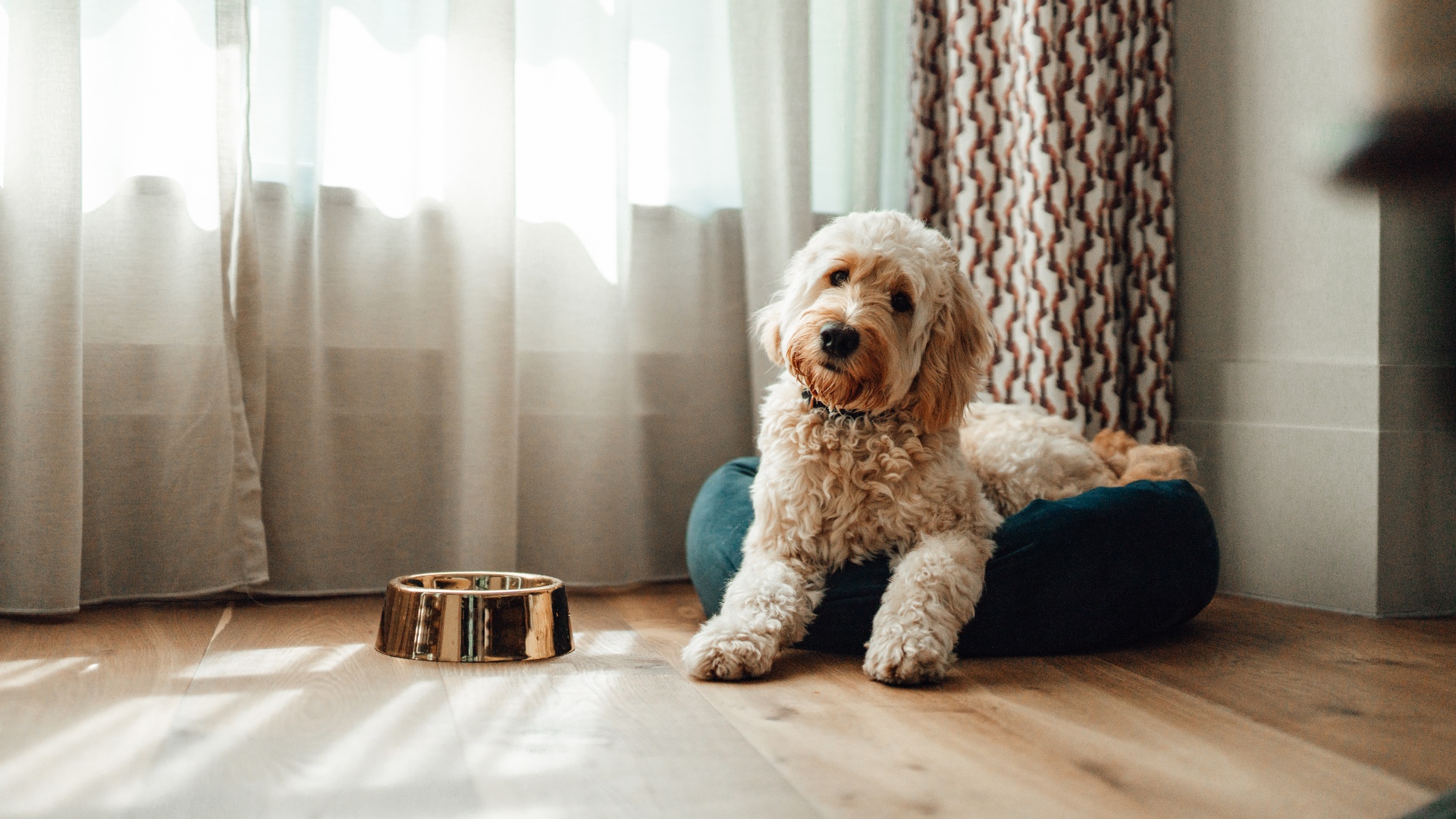Teaching your dog the place command? Trainer reveals how it all comes down to distance and duration
Getting your dog to stay in their bed is easier than you might think with one trainer’s advice

Sometimes, you just want your dog to go in their bed – and stay there! Maybe a visitor’s coming over, or you’ve got some housework to do, and you want some dog-free time while knowing that they’re somewhere safe. But what if they’re refusing, or there are just too many distractions for them?
After all, we’ve all been in that position at one time or another. When no amount of pleading, praise, or even their favorite dog treats will get your dog to go where you need them to, what can you do?
Fortunately, there might be some hope. Piper M Novick, owner, head trainer, and agility instructor at Happy Dogs Training, has a way of encouraging your dog to go where you want them to by using the “place” verbal cue – and plenty of small treats, too. After all, you want your dog to see their ‘place’ as somewhere they enjoy going. Going to their place shouldn’t be a punishment, but something they enjoy.
A post shared by Happy Dogs Training (@happydogstrainingnc)
A photo posted by on
In the video, which you can see above, the dog’s parent walks up to the dog bed and waits for the dog to interact with it. When they do so – even if it’s just putting a paw or two on the bed – say “yes” and place a treat on the bed. If your dog is struggling, you can put the bed between your dog and yourself to encourage them on. Feel free to use a treat to lure them onto the bed to begin with, too.
Then, it’s time to add verbal cues. There’s a cue to get on, and a cue to get off. Say the cue to get on as your dog approaches the bed, and then say the cue to get off while tossing a treat to encourage your dog to get off the bed.
Once your dog is comfortable with the verbal cues, you can work on the two Ds. The first is distance – move around the bed and then gradually away from the bed, but be sure to start small before building in greater distances.
The second is duration. Build up the time between giving treats as well as the total amount of time on the bed gradually. Finally, you can begin to add more distractions and keep building up duration and distance. Then, try the cue in new locations, and consider removing the treat from both cues when you think your dog no longer needs it.
Get the best advice, tips and top tech for your beloved Pets
And remember, you don’t necessarily have to use “place”. Feel free to make the cue ‘bed’ or ‘mat’ instead, if you’d prefer. It’s up to you - what’s most important is that there’s a cue to get on and a cue to get off, and that you keep persevering until your dog is happy to go to their place regardless of distractions and distance.
Looking for more great training tips? Then be sure to check out our guides to how to crate train a dog and how to stop a dog jumping up.

Adam is a freelance journalist specialising in pets, music and culture, and mental health and wellbeing. He investigates and writes the large majority of news on PetsRadar, and collaborates with veterinary experts to produce informative pet care content.
Adam has a journalism degree from Southampton Solent University and a masters degree in Magazine Journalism from Cardiff University. He was previously senior editor at dog advice website DogTime.com, and has also written for The Independent, GoodToKnow and Healthline.
He owns two rescue cats, Bunny and Dougie, and has also previously had a rabbit, fish and Roborovski dwarf hamsters.
